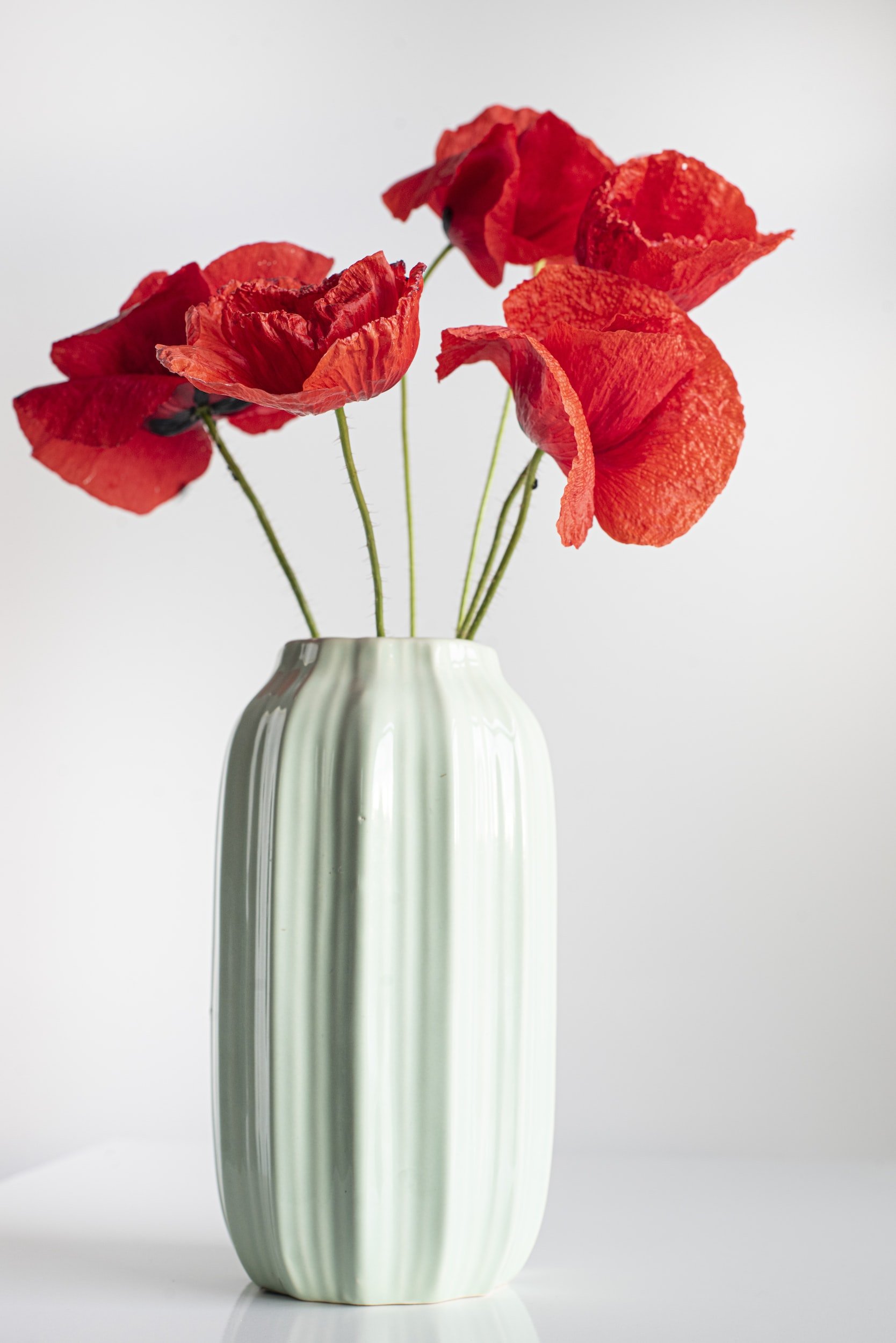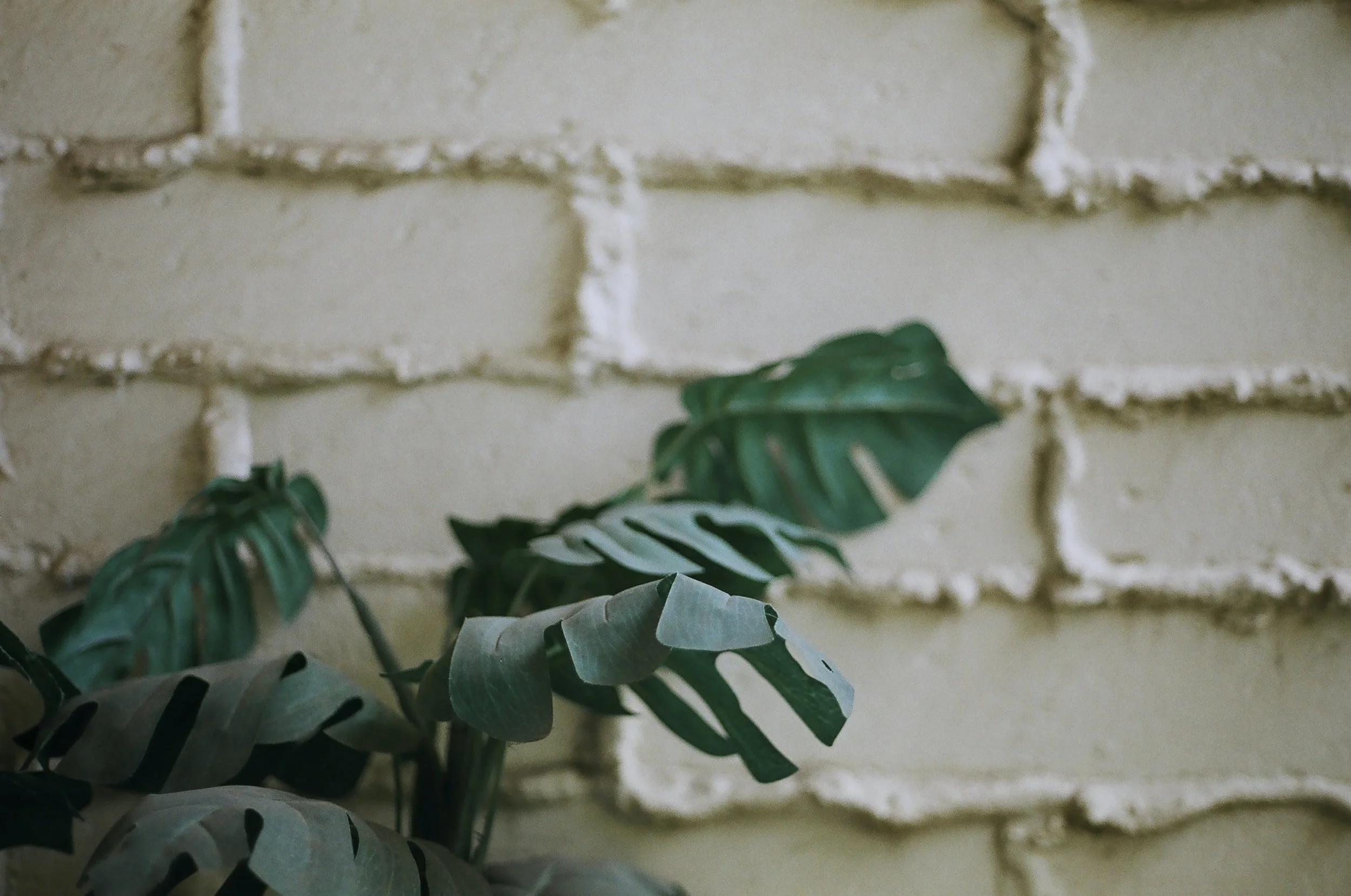Should I buy artificial indoor plants or Real Living Plants for my home or office
Introduction
Indoor plants have become a popular way to bring greenery and colour into our homes and offices. While artificial plants, also known as imitation plants, may seem like a low maintenance, low-upkeep and long-lasting option for your home. Real living plants offer a host of benefits that make them the superior choice for those looking to invest in indoor greenery.
Health Benefits
Real living plants have been found to improve air quality by absorbing pollutants and releasing oxygen. They also have the ability to increase humidity, reducing dryness in the air which can cause throat and nasal irritation.
Additionally, studies have shown that having plants in a room can reduce stress and improve overall well-being. Artificial plants, on the other hand, do not provide these benefits.
Aesthetic Appeal
Real living houseplants have a natural appeal that cannot be replicated by artificial plants.
They can come in a variety of shapes, sizes, and colours, making them versatile and able to complement any interior design. They also have the ability to grow and change over time, adding a dynamic element to any space.
Real living plants can bring life, energy and character to a room, adding a sense of warmth and personality. They can also be used to create different moods, for example, a small succulent can add a touch of elegance and serenity to your room, while a big leafy monstera is perfect for bringing a sense of nature and freshness.
Indoor planters are often designed to suit real living specimens and artificial houseplants often look award in a nice pot.
Artificial flowers and greenery, on the other hand, lack the natural charm and beauty of real living plants. They are unable to provide the same sense of life, energy, and personality that real plants can bring.
Cost-Effectiveness
Plastic foliage isn't necessarily the cheaper option for your house, real living plants can often be more cost-effective in the long run. Living plants can be propagated and divided, meaning you can get multiple plants from one initial purchase.
Additionally, many indoor plants are easy to care for, most do not require special lighting or fertilizers, making them the obvious choice!
Environmental Impact
Artificial plants are not biodegradable, which means they can take hundreds of years to decompose in landfills. This can contribute to the growing problem of waste in the environment. Some artificial plants are made of PVC, which is a type of plastic that contains toxic chemicals that can harm the environment and human health if not disposed of properly.
Additionally, the production of artificial plants often involves the use of non-renewable resources such as plastic, oil, and other synthetic materials. This can have a negative impact on the environment as these materials are not biodegradable, and their production can release harmful chemicals and pollutants into the air and water.
Designs Options:
Many brands today are offering a wide range of indoor plants and planters in different colours, sizes, and styles to choose from. They can be delivered to your house and you can shop for options that fit your style and space.
With artificial plants, you are mostly limited to what is available in the market and you may not find the specific design or colour you are looking for from local shops or online retailers. Options are improving for indoor and garden artificial options however they aren't as versatile as the real deal.
Durability
Real living plants have a natural lifespan and can die or become unhealthy due to various factors such as disease, pests or lack of care. Artificial plants, on the other hand, have a longer lifespan and do not die but their appearance can deteriorate over time. In this aspect, living plants are less durable, but they offer a sense of life and vitality that artificial plants cannot replicate.
Artificial flowers
Artificial flowers are an alternative to real flowers, they are made of various materials such as silk, plastic, or paper. They come in different colours, shapes and sizes and can be used to decorate a room, as a centerpiece for a table or as a gift.
Artificial flowers are a convenient option for those who want to enjoy the beauty of flowers without the need for maintenance or replacement. They can be used in places where real flowers would not survive such as in an office with no natural light, or in areas with extreme temperatures.
They are also a good option for people with allergies to pollen. Faux flowers come in a wide range of styles, from realistic-looking to more abstract and modern designs, allowing you to choose a style that matches your personal taste and interior design. However, they lack the natural charm and beauty of real flowers, and often do not have the same emotional impact.
Flexibility of Living and Artificial options
Real living plants can be used in a wide range of settings, from homes to offices, and can be used for decorating, as gifts, and for special events. They can also be used for setting the scene for your environment, they could turn a space into a tropical oasis or a serene zen space.
Artificial plants, on the other hand, can be used in settings where real plants would not survive such as in an office with no natural light, or in areas with extreme temperatures. However, they lack the natural charm and beauty of real plants, and often do not have the same emotional impact.
When are artificial plants appropriate?
While it may be difficult to find situations where artificial plants have the upper hand over real plants, they may be appropriate in certain situations where real living plants are not practical or feasible. For example, low light conditions such as in a bathroom with no windows or glass roof, or in case of allergies to real plants. In these cases, artificial plants can be a good alternative.
Conclusion
Real living plants are a better investment than faux plants for those looking to bring greenery into their homes and offices. When it comes to decorating your home or office, you may be wondering whether to buy artificial indoor plants or real living plants.
While artificial plants, also known as imitation or fake plants, may seem like a low maintenance and long-lasting option, real living plants offer a host of benefits that make them the superior choice for even the green fingered novice looking to brighten up a room with some colour and greenery.
In conclusion, while artificial indoor plants may seem like a convenient option, real living plants offer many benefits such as improving air quality, increasing humidity, reducing stress, and being cost-effective in the long run. They also have a natural charm and beauty that cannot be replicated by artificial plants. However, in certain situations such as low light conditions or allergies to real plants, artificial plants may be appropriate.








